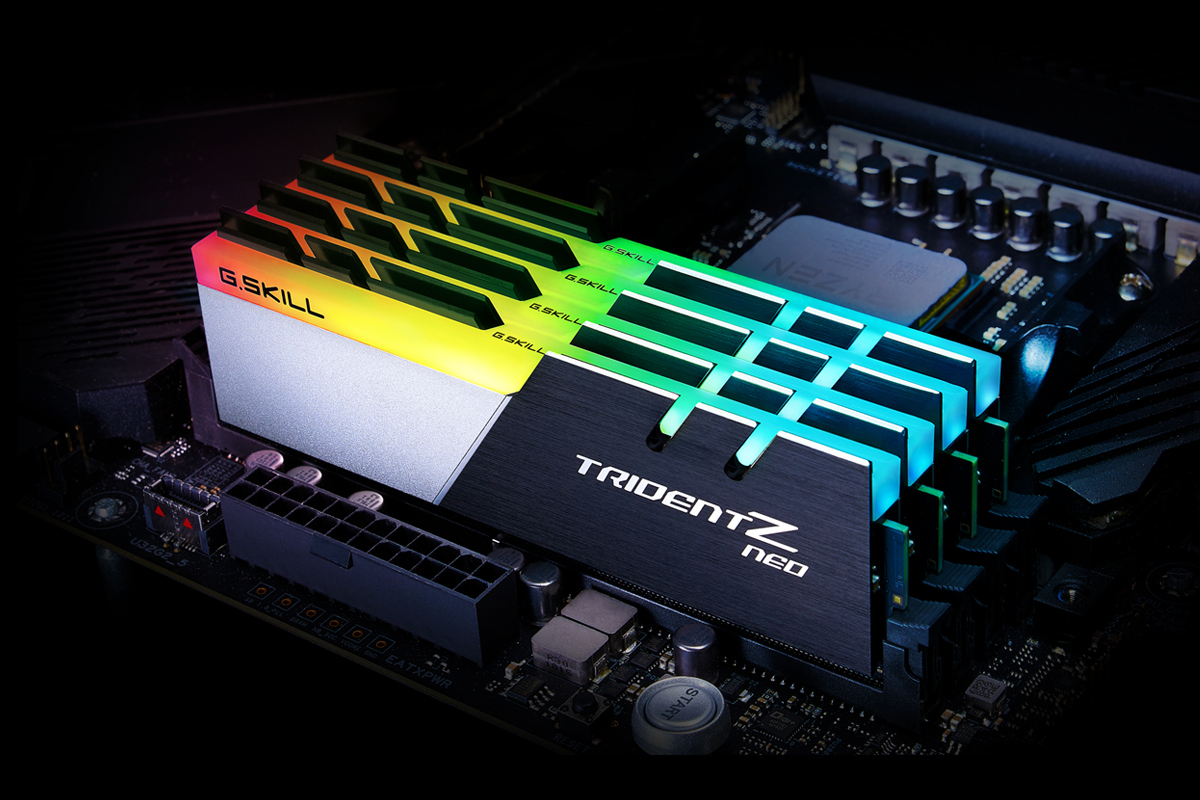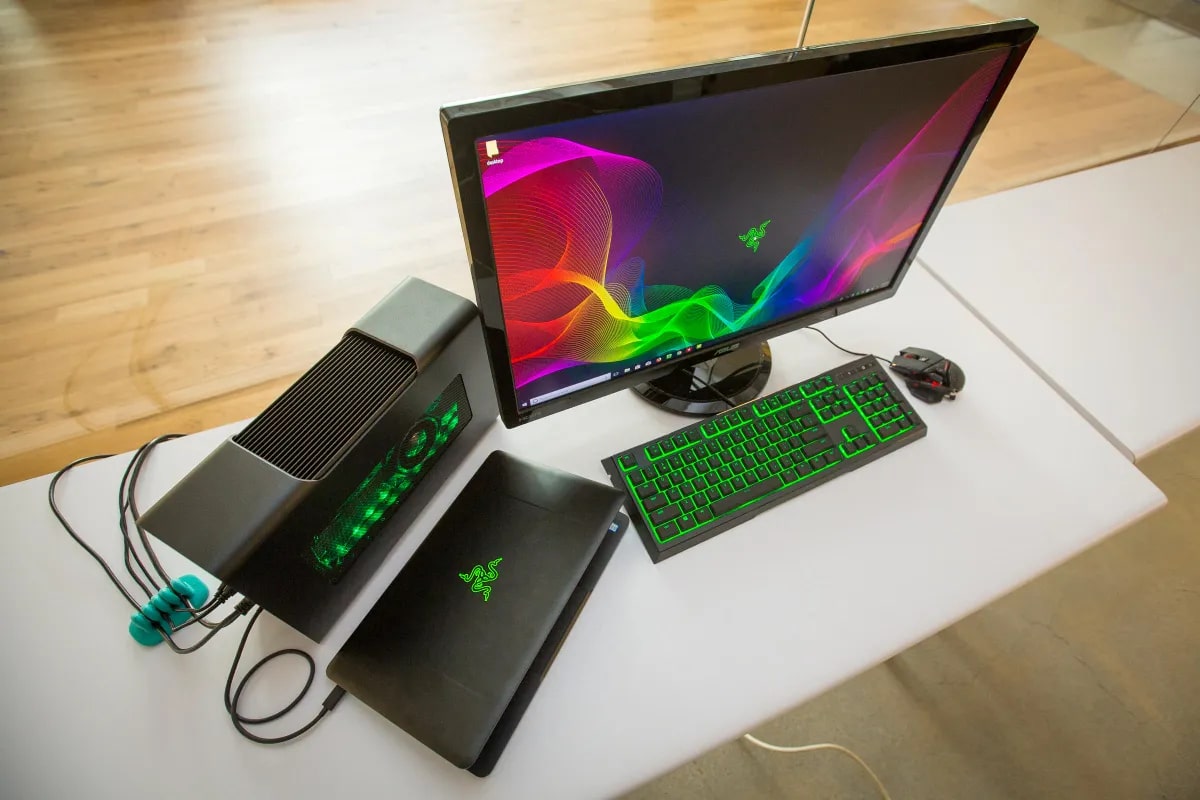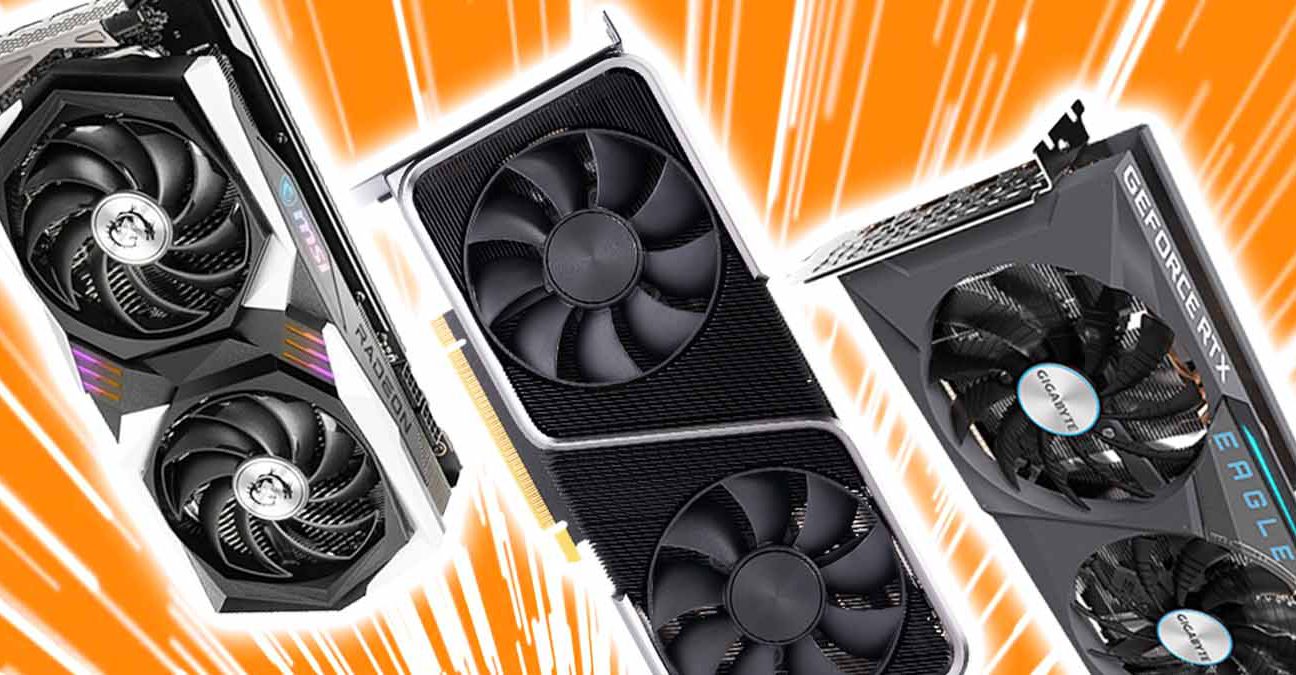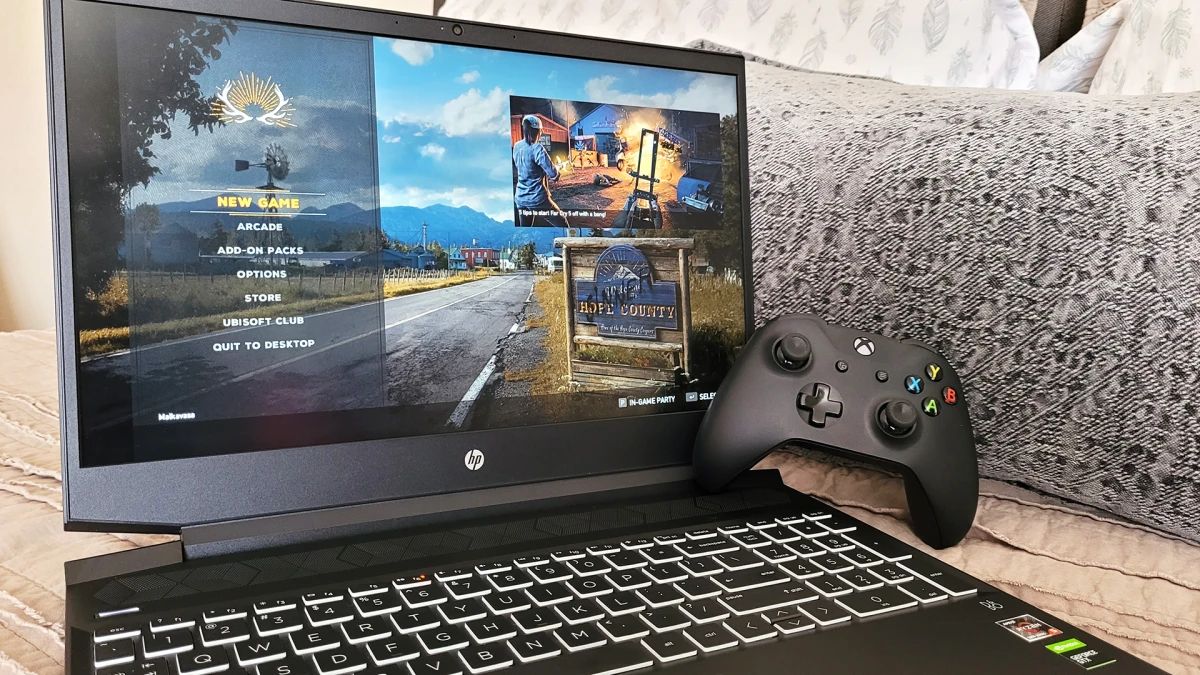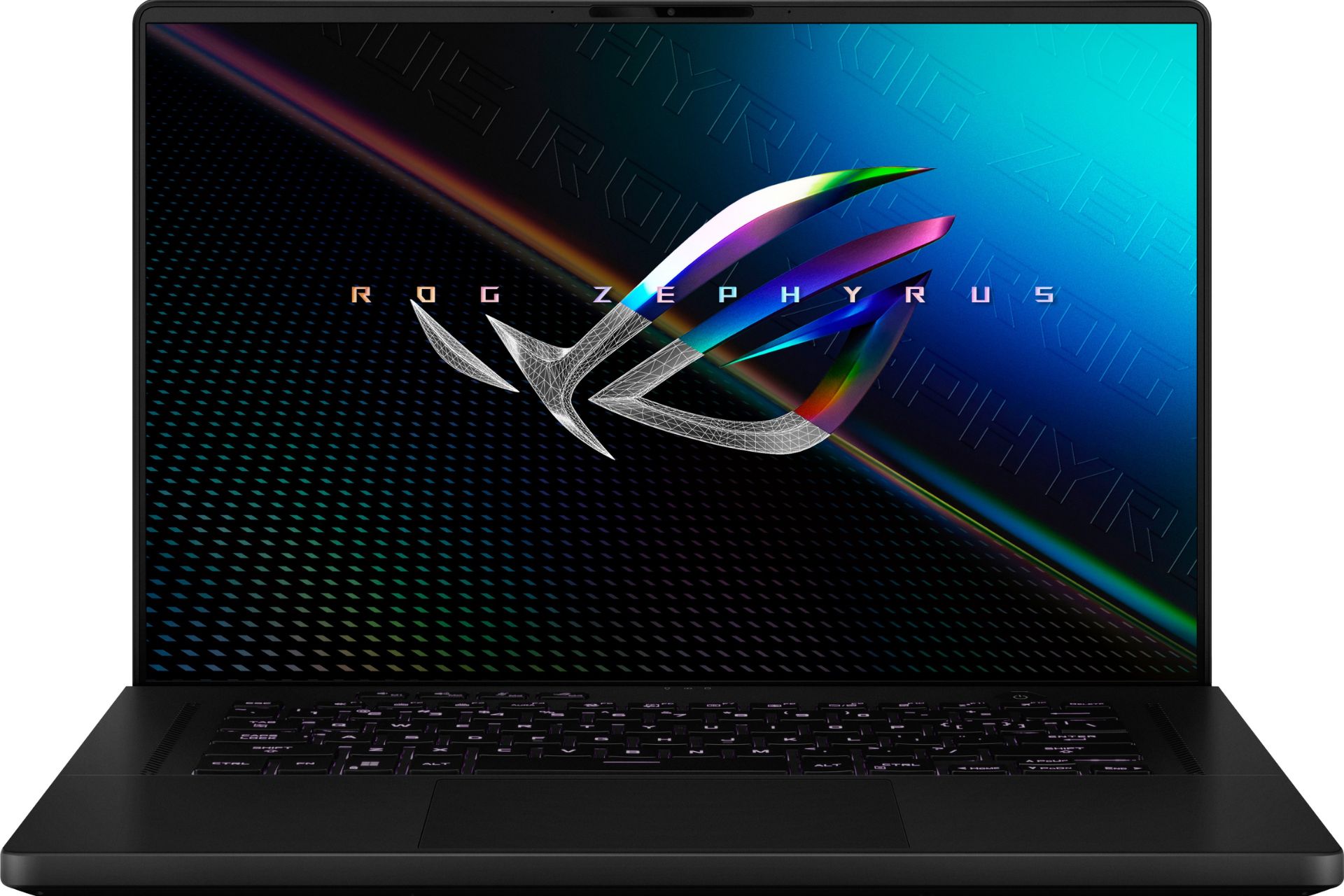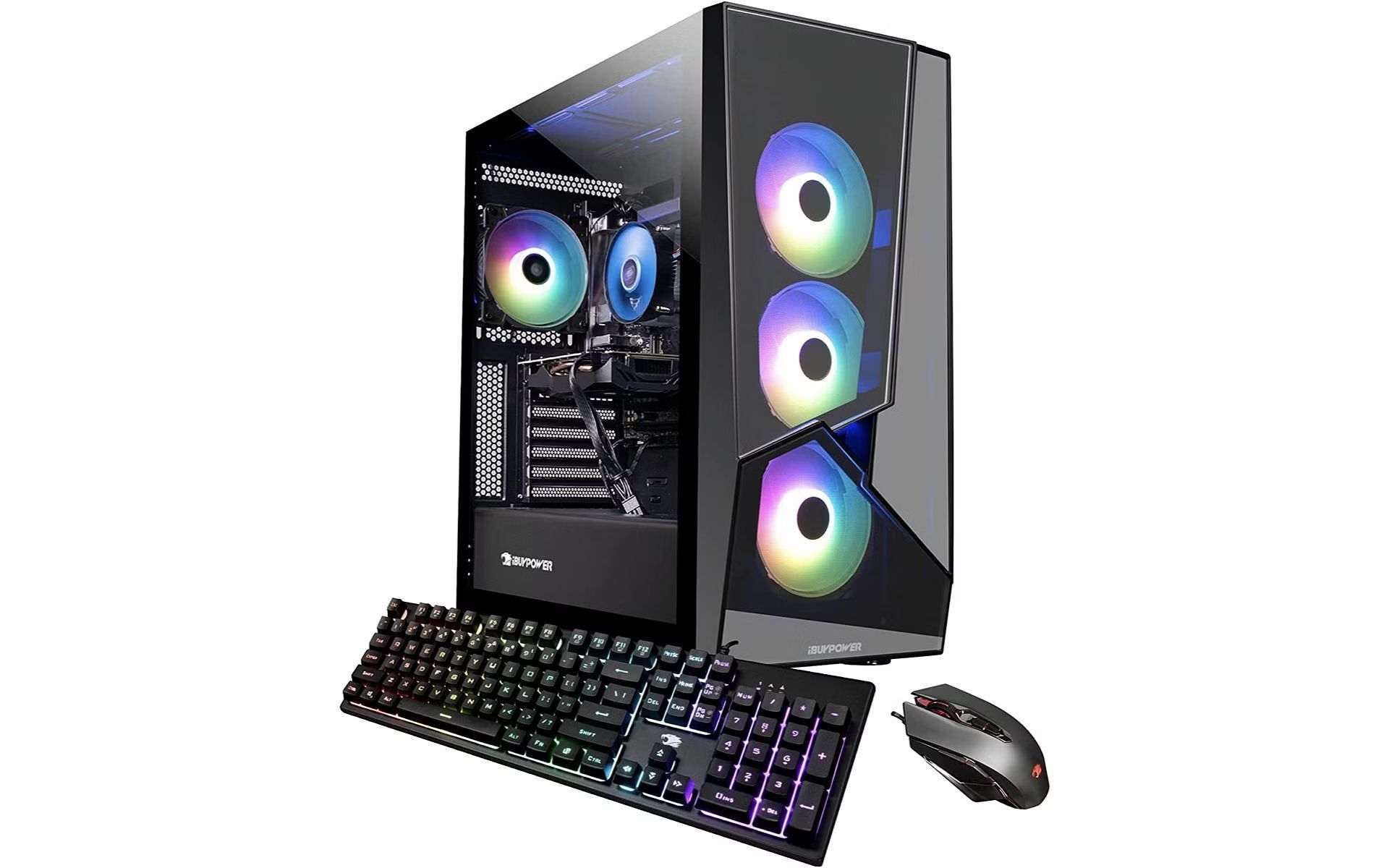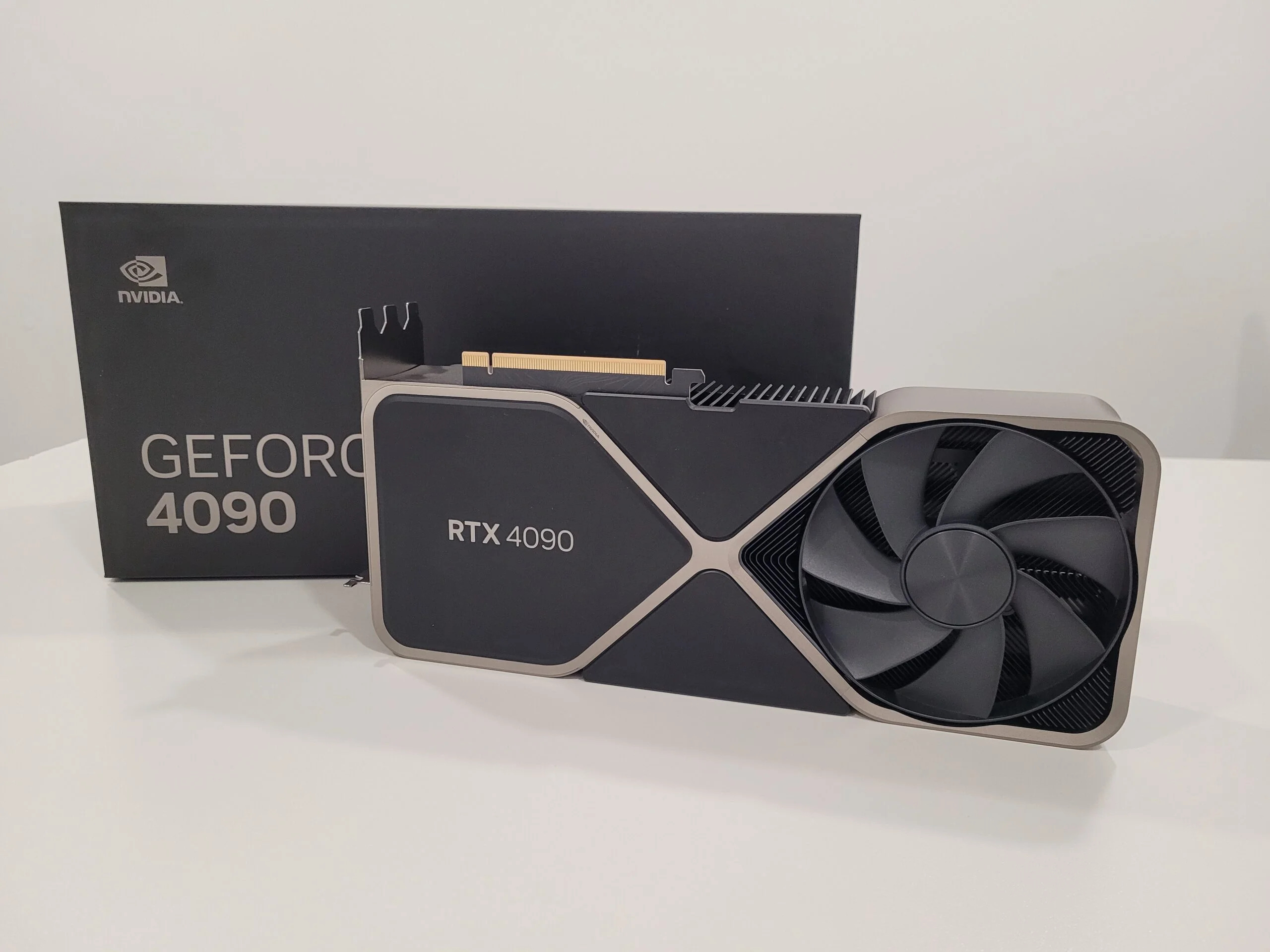Introduction
When it comes to upgrading your computer’s graphics capabilities, investing in a used graphics card can be a cost-effective solution. However, purchasing a used graphics card requires careful consideration to ensure that you get the best value for your money. This guide will provide you with valuable tips and factors to keep in mind when buying a used graphics card.
Upgrading your graphics card can greatly enhance your computer’s performance, allowing for smoother gameplay, faster rendering of graphics, and improved multitasking capabilities. Buying a used graphics card can save you a substantial amount of money compared to purchasing a brand-new one. However, it’s important to be aware of certain factors to make an informed decision that meets your requirements.
In this guide, we will discuss key aspects such as compatibility, performance, condition, manufacturer reputation, warranty, and price. By considering these factors, you can make a wise choice and ensure that the used graphics card you purchase is the right fit for your needs.
Whether you are a gaming enthusiast, a video editor, or a graphic designer, choosing the right used graphics card can significantly enhance your computer’s capabilities without breaking the bank. So, let’s delve into the details and explore the things you should look for when buying a used graphics card.
Compatibility
One of the most crucial considerations when buying a used graphics card is ensuring its compatibility with your existing system. Graphics cards come in various form factors, interfaces, and power requirements, so it’s important to check if the card you’re considering will work with your motherboard and power supply.
The first step is to identify the type of slot your motherboard has for the graphics card. Common types include PCI Express (PCIe) x16, PCIe 2.0, PCIe 3.0, and AGP. Make sure your motherboard has a compatible slot that matches the graphics card you’re planning to buy. Additionally, consider the number of available slots in your system, especially if you want to install multiple graphics cards for gaming or other intensive tasks.
Power requirements are another crucial factor to consider. High-end graphics cards often require an external power connector, so make sure your power supply unit (PSU) has the necessary connectors and wattage to handle the new card. Check the power requirements of the graphics card and compare it with the available power from your PSU. It’s important to have a PSU that can provide sufficient power to avoid issues such as crashes or system instability.
Furthermore, check if the used graphics card is supported by your operating system. Ensure that the card’s drivers are compatible with your operating system version, whether it’s Windows, macOS, or Linux. This information can usually be found on the manufacturer’s website or the card’s specifications.
Lastly, consider the physical dimensions of the graphics card and ensure that it will fit inside your computer case. Some high-end graphics cards can be quite large, so measure the available space in your case to avoid any fitting problems or obstructed airflow.
By thoroughly researching and verifying compatibility factors, you can ensure that the used graphics card you purchase will seamlessly integrate into your system and deliver the enhanced performance you desire.+
Performance
When buying a used graphics card, one of the primary factors to consider is its performance. The performance of a graphics card is determined by various specifications, including the GPU (Graphics Processing Unit), clock speed, memory capacity, and memory bandwidth.
The GPU is the heart of the graphics card and plays a crucial role in determining its performance capabilities. Look for a graphics card with a higher number of CUDA cores (for NVIDIA cards) or stream processors (for AMD cards), as this indicates higher processing power and better performance in rendering graphics and handling complex tasks.
The clock speed, measured in MHz, determines how fast the GPU can process information. A higher clock speed translates to faster performance, especially in demanding applications such as gaming or video editing. Consider a graphics card with a higher base clock and boost clock for optimal performance.
The memory capacity of a graphics card, measured in gigabytes (GB), determines how much data the card can store and access quickly. Higher memory capacity is beneficial for running graphically intensive games or working with large multimedia files. Determine your requirements based on the applications you’ll be using and choose a card with an adequate amount of memory.
Memory bandwidth, measured in gigabytes per second (GB/s), is the rate at which data can be transferred between the GPU and the memory. A higher memory bandwidth enables faster data transfer, improving overall performance. Look for a graphics card with higher memory bandwidth for smoother gameplay and faster rendering of graphics.
To get an idea of the performance of a used graphics card, you can refer to benchmark tests and reviews available online. Websites such as Tom’s Hardware, AnandTech, and TechPowerUp provide comprehensive reviews and comparisons of various graphics cards. These resources can give you insights into how a particular model performs in different applications and scenarios.
Remember that performance requirements can vary depending on your specific needs. If you primarily use your computer for light gaming or office tasks, opting for a mid-range graphics card may be sufficient. However, for hardcore gamers or professionals working with graphics-intensive applications, investing in a high-end graphics card with superior performance capabilities would be ideal.
By considering the performance specifications and assessing how they align with your needs, you can choose a used graphics card that delivers the performance level you desire for your computing tasks.
Condition
When purchasing a used graphics card, it’s crucial to assess its condition to ensure that you’re getting a reliable product that will perform optimally. While used graphics cards can offer excellent value, there are certain factors to consider when evaluating their condition.
First and foremost, check the physical appearance of the card. Look for any signs of damage, such as bent or broken components, loose connectors, or visible wear and tear. Pay close attention to the condition of the fan or cooling system as overheating can significantly affect a graphics card’s performance. Ensure that the card has been well-maintained and has not suffered from any physical damage or excessive use.
Inspect the connectors and ports on the graphics card to ensure they are clean and undamaged. Dirty or corroded connectors can lead to connectivity issues and affect the card’s performance. Similarly, make sure that all the necessary accessories, such as power connectors or adapters, are included with the used graphics card.
It’s also essential to consider the age of the graphics card. While older models can still offer decent performance, they may lack certain features and technologies found in newer cards. Research the release date of the card and determine if it aligns with your requirements and future upgrade plans. Additionally, be aware that older graphics cards may have limited or no manufacturer support, making it harder to obtain software updates or driver enhancements.
Another aspect to check is whether the graphics card has been overclocked or modified. Overclocking involves running the card at higher frequencies than the stock settings to boost its performance, but it can also lead to increased heat and potential instability. Ensure that the card hasn’t been excessively overclocked or modified without proper cooling solutions.
One way to gain more confidence in the condition of a used graphics card is to purchase from reputable sellers or marketplaces that provide detailed information and warranty options. Some sellers may offer warranties or return policies, giving you peace of mind in case any issues arise after the purchase.
Considering the condition of the used graphics card is crucial to avoid any potential problems or performance issues. By carefully evaluating its physical appearance, connectors, age, and any modifications, you can make an informed decision and ensure that you’re acquiring a graphics card in good condition that will serve you well in the long run.
Manufacturer
When buying a used graphics card, it’s important to consider the reputation and reliability of the manufacturer. Different manufacturers have varying levels of quality control, customer support, and overall brand reliability. Opting for a graphics card from a reputable manufacturer can give you peace of mind and minimize the risk of encountering issues or subpar performance.
Some well-known manufacturers in the graphics card industry include NVIDIA, AMD, and ASUS, among others. These companies have established themselves as leaders in the market and are known for producing high-quality graphics cards with excellent performance and reliability.
Research the manufacturer’s track record and customer reviews to gain insights into their product quality and customer satisfaction. Look for feedback regarding the durability, performance, and long-term reliability of their graphics cards. Websites such as TechRadar, Tom’s Hardware, and PCWorld provide comprehensive reviews and rankings of graphics card manufacturers. These resources can help you make an informed decision and choose a reputable brand.
In addition to the overall reputation of the manufacturer, consider their customer support and warranty policies. A manufacturer that offers strong customer support and a solid warranty will provide you with assistance and protection in case any issues arise with the used graphics card. Check if the manufacturer has a dedicated support team, online resources, and a warranty that covers a reasonable period.
It’s also worth considering the availability of driver updates and software support from the manufacturer. Regular driver updates can optimize performance, introduce new features, and address any compatibility issues. Ensure that the manufacturer provides ongoing support and updates for the graphics card you’re planning to buy.
While reputable manufacturers may offer more expensive options, the investment can be worthwhile considering the peace of mind, reliability, and long-term performance you’ll gain. However, it’s important to strike a balance between the manufacturer’s reputation and your budget limitations if necessary.
By choosing a graphics card from a trustworthy and well-established manufacturer, you can increase the likelihood of a smooth experience, reliable performance, and ongoing support, even when purchasing a used graphics card.
Warranty
When considering the purchase of a used graphics card, one important factor to assess is the warranty that accompanies it. While used products typically have a shorter or no warranty compared to new ones, having some form of warranty can provide you with reassurance and protection in case any issues arise with the card.
Warranties can vary depending on the manufacturer and the specific graphics card model. Some manufacturers may offer a transferable warranty for used products, meaning that the remaining warranty coverage can be transferred to the new owner. Others may have a limited warranty that applies only to the original purchaser and may not be transferable to subsequent owners.
Before finalizing the purchase, carefully review the warranty terms and conditions. Pay attention to the duration of the warranty and what it covers. A warranty that offers coverage for at least a few months can be beneficial, as it allows you to thoroughly test the graphics card and ensure it performs as expected.
In addition to the duration, consider what types of issues are covered by the warranty. Some warranties may cover manufacturing defects, while others may extend coverage to cover accidental damage or other issues. Understand the limitations and exclusions of the warranty, such as any user-induced damage or modifications that may void the warranty.
It’s important to note that even if a used graphics card comes with a warranty, the availability of technical support and repair services can vary. Research the manufacturer’s customer support and repair options to determine if they are easily accessible and compatible with your needs. Check if there are authorized service centers in your area that can handle repairs or if the manufacturer provides support through online channels.
Keep in mind that while a warranty can provide peace of mind, it’s still advisable to thoroughly test the graphics card upon purchase. Run stress tests, benchmarking tools, and the applications you plan to use to ensure that the card operates as expected. This will help you identify any potential issues early on and take advantage of the warranty coverage if needed.
Ultimately, having some form of warranty can add an extra layer of protection to your used graphics card purchase. Be sure to carefully review the warranty terms, understand what is covered, and assess the availability of technical support and repair services provided by the manufacturer.
Price
When purchasing a used graphics card, price is a major factor to consider. While used graphics cards can offer significant savings compared to new ones, it’s important to find the right balance between affordability and performance. Here are some key considerations when evaluating the price of a used graphics card:
Firstly, research the current market prices for the specific graphics card model you’re interested in. Compare prices across various online platforms, auctions, and local sellers to get an idea of the average price range. This will help you determine if the seller’s asking price is reasonable or if there are better deals available elsewhere.
Next, consider the overall condition and age of the graphics card. A used card that shows signs of heavy wear and tear or is several generations old may command a lower price compared to a card in pristine condition or one that is relatively new. Factor in the age, performance, and availability of driver updates when assessing the value the graphics card provides at its given price.
Additionally, take into account the original price of the graphics card when it was brand new. This can provide a benchmark to gauge the level of depreciation and whether the current asking price offers a significant discount compared to the original cost. However, keep in mind that technology constantly evolves, so older models may naturally have a lower value even if they were once high-end cards.
Consider the inclusion of any accessories or extras in the price. Some sellers may bundle the used graphics card with additional cables, adapters, or even original packaging. These additional items can add value and convenience, making the overall price more appealing.
Lastly, be cautious of unusually low prices that seem too good to be true. While it’s possible to find great deals on used graphics cards, excessively low prices may indicate a potential issue with the card or even fraudulent activity. Conduct thorough research on the seller, read reviews, and ensure you’re purchasing from a reputable source to minimize the risk of scams or purchasing a faulty item.
By considering the current market prices, the condition and age of the graphics card, the original price, and any included accessories, you can make an informed decision on whether the price of the used graphics card aligns with its value and your budget.
Conclusion
Buying a used graphics card can be a great way to upgrade your computer’s graphics capabilities without breaking the bank. By considering important factors such as compatibility, performance, condition, manufacturer reputation, warranty, and price, you can make an informed decision and ensure that the used graphics card you purchase meets your needs and expectations.
Begin by checking the compatibility of the graphics card with your existing system, considering the type of slot, power requirements, and operating system compatibility. This ensures a smooth integration of the new card into your computer.
Evaluate the performance specifications of the used graphics card, such as the GPU, clock speed, memory capacity, and memory bandwidth. These specifications will determine the card’s capabilities and its suitability for your specific computing tasks.
Assess the condition of the graphics card, checking for any physical damage, cleanliness of connectors, and signs of wear and tear. Additionally, consider factors like the age of the card and whether it has been overclocked or modified without adequate cooling solutions.
Take into account the reputation and reliability of the manufacturer, considering their track record, customer reviews, and availability of customer support. A reputable manufacturer can provide you with a reliable and well-supported product.
Consider the warranty offered with the used graphics card, assessing its duration, coverage, and the availability of technical support and repair services. A warranty provides assurance and protection in case any issues arise with the card.
Finally, evaluate the price of the used graphics card in relation to its condition, age, and market value. Compare prices from different sources and be cautious of excessively low prices that may indicate potential issues or scams.
By taking these factors into consideration, you can make an informed decision and choose a used graphics card that offers the best value for your budget. With the right card, you can enhance your computer’s graphics performance and enjoy a smoother and more enjoyable computing experience.







